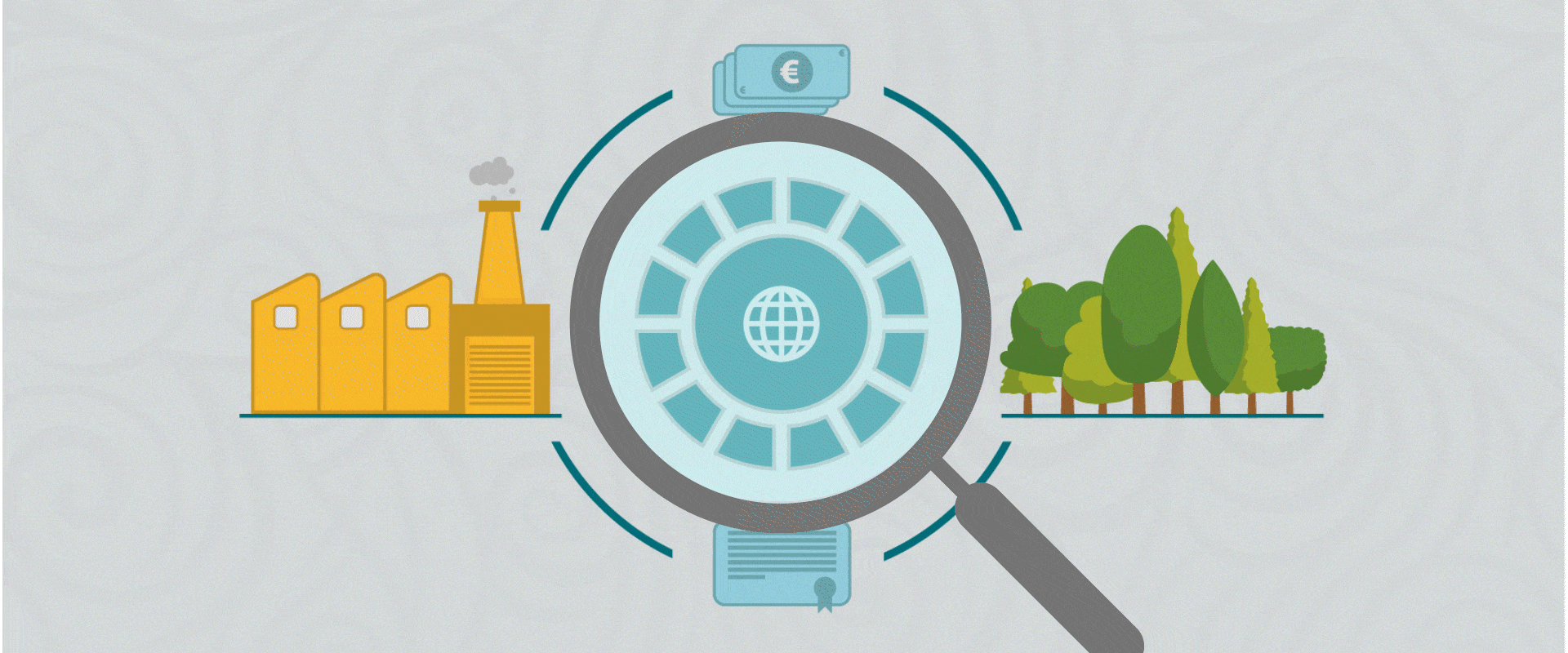
The importance of transparency in climate action
Trust mitigates resistance and enhances and accelerates change. The greater the urgency, the greater the need for transparency. At all levels.
One of the most positive outcomes of the 29th UN Climate Change Conference, known as COP29, is the agreement to establish a regulated global carbon market, which finally materializes the last outstanding element of the Paris Agreement (Article 6), almost 10 years after negotiations began.
Transparency: a core value
The agreement on this issue was dependent on the system’s credibility, on guarantees that its implementation on a global scale would lead to an effective reduction in greenhouse gas emissions. The agreement now reached focuses precisely on the “credibility and transparency” of the system, avoiding “double accounting”.
In practice, the carbon market will allow countries with low carbon dioxide (C02) emissions to sell emission permits under United Nations management with guarantees and registration. Carbon credits will be issued for each metric ton of emissions avoided through projects such as tree planting or the construction of wind farms in less developed countries, with the guarantee that environmental integrity will be ensured through technical reviews.
This type of measure is not without its critics. Some states and organizations claim that the agreement promotes “greenwashing”, asserting that “carbon markets that allow compensation – which are essentially permits to continue polluting – are not climate action.”
As is almost always the case, the key lies in how this market will be implemented. This underscores de importance of international organizations that oversee a global environmental disclosure system.
Carbon Disclose Project
“He who measures, knows” is a famous phrase attributed to Lord Kelvin[1], a 19th-century English scientist. This statement encapsulates the essence of the scientific method and the need to rely on objective data to obtain a factual view of the situation.
In this spirit, the Carbon Disclose Project (CDP), a non-profit, non-governmental organization, was created in 2000 to encourage companies, municipalities, states and other entities to be transparent about their carbon footprint and, based on the information disclosed, classify them on a scale from “A” to “D” (with “F” assigned to the entities that do not provide information).
We might mistakenly think that this evaluation (or score) measures how sustainable or green an organization is. Not directly. The score merely reflects the level of understanding and actions taken by an organization regarding the carbon cycle of its value chain.
In short, a level D (Disclosure) organization can answer all the questions in the questionnaire, but it is the completeness of the data, both the amount of data reported and its relative importance to users, that will determine the score awarded. Level C (Awareness) measures the completeness of an organization’s assessment of how environmental issues intersect with its business. An awareness score does not indicate that an organization has taken steps to address environmental issues beyond initial screening or assessment. This is no longer the case for a Level B (Management) organization, because management points are rewarded to demonstrate that actions associated with good environmental management have been taken. And finally, Level A (Leadership) organizations are those that lead their environmental footprint, demonstrating best practices in the strategies they adopt and the actions they take.
We are therefore dealing with a system that only measures how we manage emissions in the value chain. But, going back to Lord Kelvin, the mere fact that we start measuring means that we are going to learn and acquire knowledge. It means that opportunities for improvement will arise and that we will have to address the most problematic situations. And with this process, we will gradually improve.
Another, not neglectable, effect is the positive differentiation that this type of score can achieve in the eyes of clients and society at large.
Some 30 years ago, it was a differentiating factor for an organization to be certified according to the ISO9001 quality management system. It was common (and still is) for only companies with this certification to be eligible for tenders. Perhaps the time has come for CPD to be included as a differentiating factor across various value chains. Not only should the government start selecting in this way, but the companies themselves should demand this information from their suppliers and partners. This would be a gradual way of aligning ourselves with practices necessarily more and more sustainable, in which transparency is key.
[1] William Thomson, British mathematician and physicist (1824-1907), with significant contributions to the mathematical analysis of electricity and thermodynamics, is the creator of the Kelvin scale, the absolute temperature scale. The title of Lord Kelvin was bestowed upon him in recognition of his research.
Miguel Allen Lima
ARQUILED CEO





